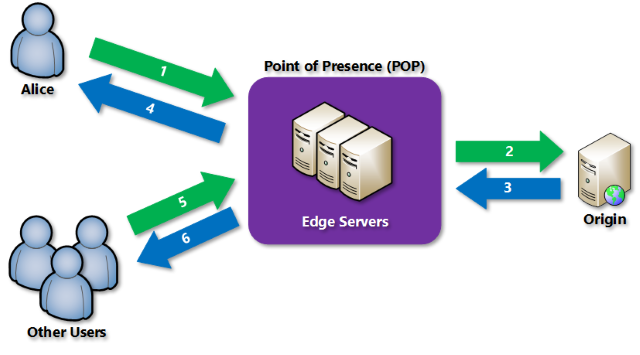Note
Access to this page requires authorization. You can try signing in or changing directories.
Access to this page requires authorization. You can try changing directories.
Important
- Starting August 15, 2025, Azure CDN from Microsoft (classic) will no longer support new domain onboarding or profile creation. Migrate to AFD Standard and Premium to create new domains or profiles and avoid service disruption. Learn more
- Starting August 15, 2025, Azure CDN from Microsoft (classic) will no longer support Managed certificates. To avoid service disruption, either switch to Bring Your Own Certificate (BYOC) or migrate to AFD Standard and Premium by this date. Existing managed certificates will be auto renewed before August 15, 2025, and remain valid until April 14, 2026. Learn more
- Azure CDN Standard from Microsoft (classic) will be retired on September 30, 2027. To avoid service disruption migrate to AFD Standard or Premium. Learn more.
- Azure CDN from Edgio was retired on January 15, 2025. Learn more.
A content delivery network is a distributed network of servers that can efficiently deliver web content to users. A content delivery network store cached content on edge servers in point of presence (POP) locations that are close to end users, to minimize latency.
Azure Content Delivery Network offers developers a global solution for rapidly delivering high-bandwidth content to users by caching their content at strategically placed physical nodes across the world. Azure Content Delivery Network can also accelerate dynamic content, which can't get cached, by using various network optimizations using content delivery network POPs. For example, route optimization to bypass Border Gateway Protocol (BGP).
The benefits of using Azure Content Delivery Network to deliver web site assets include:
- Better performance and improved user experience for end users, especially when using applications where multiple round-trips requests required by end users to load contents.
- Large scaling to better handle instantaneous high loads, such as the start of a product launch event.
- Distribution of user requests and serving of content directly from edge servers so that less traffic gets sent to the origin server.
For a list of current content delivery network node locations, see Azure Content Delivery Network POP locations.
How it works

A user (Alice) requests a file (also called an asset) by using a URL with a special domain name, such as <endpoint name>.azureedge.net. This name can be an endpoint hostname or a custom domain. The DNS routes the request to the best performing POP location, which is usually the POP that is geographically closest to the user.
If no edge servers in the POP have the file in their cache, the POP requests the file from the origin server. The origin server can be an Azure Web App, Azure Cloud Service, Azure Storage account, or any publicly accessible web server.
The origin server returns the file to an edge server in the POP.
An edge server in the POP caches the file and returns the file to the original requester (Alice). The file remains cached on the edge server in the POP until the time to live (TTL) specified by its HTTP headers expires. If the origin server didn't specify a TTL, the default TTL is seven days.
More users can then request the same file by using the same URL that Alice used, and gets directed to the same POP.
If the TTL for the file hasn't expired, the POP edge server returns the file directly from the cache. This process results in a faster, more responsive user experience.
Requirements
- To use Azure Content Delivery Network, you must own at least one Azure subscription.
- You also need to create a content delivery network profile, which is a collection of content delivery network endpoints. Every content delivery network endpoint is a specific configuration which users can customize with required content delivery behavior and access. To organize your content delivery network endpoints by internet domain, web application, or some other criteria, you can use multiple profiles.
- For information about the Azure content delivery network billing structure, see Understanding Azure Content Delivery Network billing.
Limitations
Each Azure subscription has default limits for the following resources:
- The number of content delivery network profiles created.
- The number of endpoints created in a content delivery network profile.
- The number of custom domains mapped to an endpoint.
For more information about content delivery network subscription limits, see content delivery network limits.
Azure Content Delivery Network features
Azure Content Delivery Network offers the following key features:
- Dynamic site acceleration
- Content delivery network caching rules
- HTTPS custom domain support
- Azure Diagnostics logs
- File compression
- Geo-filtering
For a complete list of features that each Azure Content Delivery Network product supports, see Compare Azure Content Delivery Network product features.
Next steps
- To get started with content delivery network, see Create an Azure Content Delivery Network profile and endpoint.
- Manage your content delivery network endpoints through the Microsoft Azure portal or with PowerShell.
- Learn how to automate Azure Content Delivery Network with .NET or Node.js.
- Learn module: Introduction to Azure Content Delivery Network.